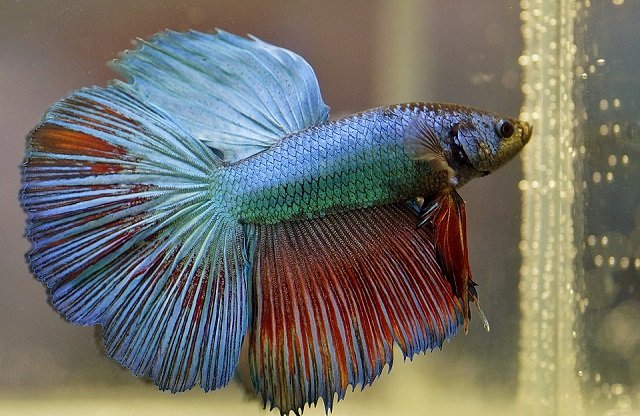USA.- Alaska Sea Grant has received funding to help marine aquaculture businesses in the state find good locations, obtain geoduck seeds and avoid shutdowns after heavy rains.
The three Alaska projects received about $400,000 out of $9.3 million awarded nationally to aquaculture projects by Sea Grant, part of the National Oceanic and Atmospheric Administration.
“This award will help Alaska move forward with developing a strong and sustainable mariculture industry in our waters,” said Ginny Eckert, Alaska Sea Grant’s associate director for research.
Alaska Sea Grant, a partnership between NOAA and the University of Alaska Fairbanks College of Fisheries and Ocean Sciences, will award the funding to three nonprofit organizations to conduct the research:
– The Alaska Fisheries Development Foundation (https://www.afdf.org/), using a $140,000 grant, will develop a geographic information system tool to help investors identify appropriate mariculture sites in Alaska, using methods developed in Maine. The grant provides about $140,000.
– OceansAlaska (https://oceansalaska.org/), with $150,000, will develop geoduck seeds for farmers, who are constrained by inconsistent supply. The project aims to improve geoduck spawning and increase knowledge of hatchery procedures.
– Pacific Shellfish Institute (http://pacshell.org/), with $95,000, will study the relationship between rainfall and water quality in remote areas. Heavy rain can wash coliform bacteria into the ocean near shellfish growing operations, prompting closures. However, shellfish grow several feet underwater, where coliform concentrations may be lower. “The research and data will help determine if these closures are justified,” said Gary Freitag, Alaska Sea Grant’s Marine Advisory agent in Ketchikan.
Stay Always Informed
Join our communities to instantly receive the most important news, reports, and analysis from the aquaculture industry.
“The Alaska projects originated within the industry and are in partnership with Alaska Sea Grant,” Eckert said. “This research will help to expand an industry that presents a new economic opportunity for our state, particularly coastal communities.”
Since 1988 when Alaska lawmakers gave their approval, the industry has grown from a single farmer to some 65 aquatic farms, seven shellfish nurseries and two shellfish hatcheries. It’s considered a bright spot in Alaska’s struggling, oil-dependent economy.
In 2014, Alaska’s aquatic farm industry generated over $1 million in sales, a 27 percent increase over the prior year, according to the Alaska Department of Fish and Game.
Source: University of Alaska Fairbanks
Editor at the digital magazine AquaHoy. He holds a degree in Aquaculture Biology from the National University of Santa (UNS) and a Master’s degree in Science and Innovation Management from the Polytechnic University of Valencia, with postgraduate diplomas in Business Innovation and Innovation Management. He possesses extensive experience in the aquaculture and fisheries sector, having led the Fisheries Innovation Unit of the National Program for Innovation in Fisheries and Aquaculture (PNIPA). He has served as a senior consultant in technology watch, an innovation project formulator and advisor, and a lecturer at UNS. He is a member of the Peruvian College of Biologists and was recognized by the World Aquaculture Society (WAS) in 2016 for his contribution to aquaculture.


